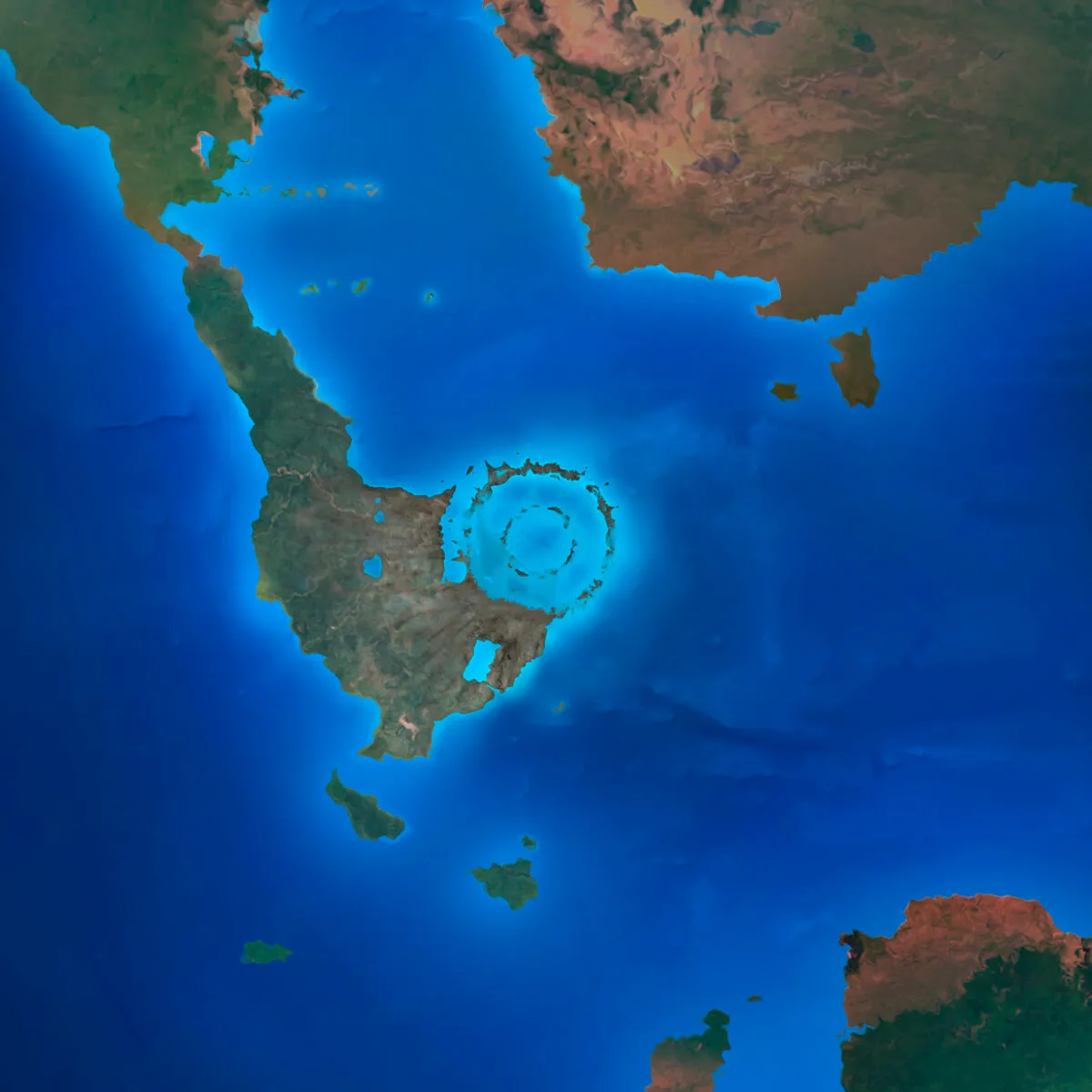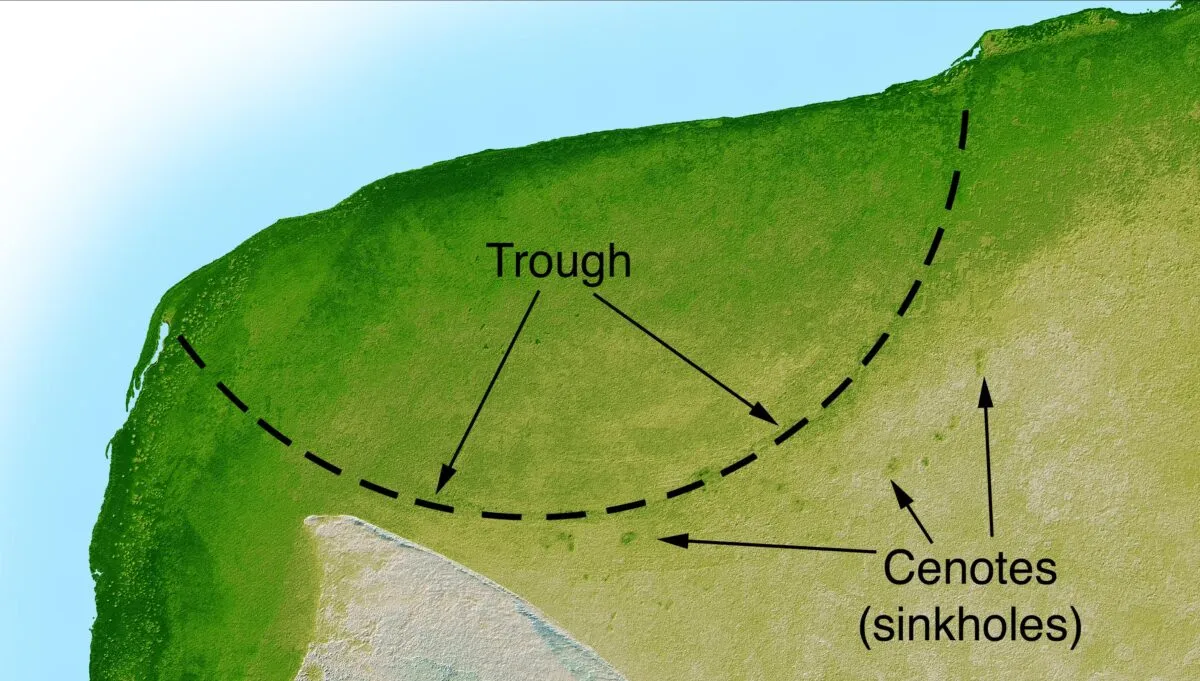It’s well established that the Chicxulub crater is the remnants of the asteroid impact that led to the extinction of the dinosaurs.
But how much do we really know about the asteroid that fell to Earth, and precisely what caused the crater?
The mass extinction at the end of the Cretaceous period led to the extinction of the dinosaurs as well as the loss of 75% of all plant and animal species on Earth.
More amazing Chandra observations


The Chicxulub crater, buried beneath the Yucatán Peninsula in Mexico, was identified in 1990 as a giant impact feature – some 150km across and 20km deep (although by now well filled-in with sediments).
The calculated formation of this crater coincides with the mass extinction of the dinosaurs around 66 million years ago, and the impactor is believed to have been an asteroid about 10–15km in diameter.
For more on asteroids and meteorites, read our interview with Dr Sarah Crowther on the science of space rocks or find out how dogs can help locate meteorites on Earth.
What caused the Chicxulub crater?

The Chicxulub crater is one of the largest impact structures ever found on Earth. But there’s something else exceptional about this impact.
It seems that the crater was created by a carbonaceous chondrite (CC) asteroid – a dark rock full of organic compounds.
This is surprising because impacts from this sort of object are rare. They make up only 5% of all meteorites collected.
So why is it that one of the largest craters on Earth – and the impact that wiped out the dinosaurs – was formed by such an asteroid?
In 2021, David Nesvorný and his colleagues at the Department of Space Studies, Southwest Research Institute, in the US, released a paper showing how they had been trying to get to the bottom of this mystery.
They built a computer simulation of how the orbits of objects in the main asteroid belt can be dislodged to become near-Earth asteroids that have the potential to collide with our planet.

Their model included over 42,000 asteroids with widths greater than 5km in the main belt, and how they’re affected by influences such as the radiation pressure of sunlight or Jupiter’s gravity.
They calculated that Venus and Earth receive about the same number of strikes from asteroids bigger than 5km, with Mars being hit about 3 times less.
Interestingly, Nesvorný found that about 6% of the simulated Venus impactors had evolved into a retrograde orbit beforehand – equivalent to cars colliding head-on with a much higher impact speed – and hit the planet at a staggering 220,000km/h.
But what about the composition of the largest impactors, such as the Chicxulub asteroid?

Nesvorný and his colleagues found that because of the orbital dynamics involved, smaller impactors (less than a kilometre in diameter) are most likely to have come from the inner edge of the asteroid belt, so have an ordinary, stony composition – as found with most meteorites discovered.
But the largest impactors hitting Earth are more likely to have originated from the middle or outer asteroid belt, where CC objects are more common.
They conclude that the impactor that triggered the mass extinction 66 million years ago was a main-belt asteroid that quite likely (they calculate around 60% probability) originated from beyond 2.5 AU.
Could such an impact occur today? In 2023 astronomers announced the discovery of asteroid 2022 AP7, a potentially hazardous asteroid hiding in the Solar System, showing that our methods of detection are regularly picking up large space rocks.
Lewis Dartnell was reading Dark Primitive Asteroids Account for a Large Share of K/Pg-Scale Impacts on the Earth by David Nesvorny et al. Read it online at arxiv.org.
This article originally appeared in the October 2021 issue of BBC Sky at Night Magazine.
